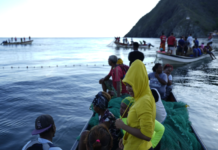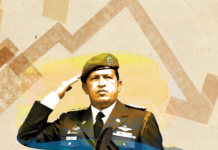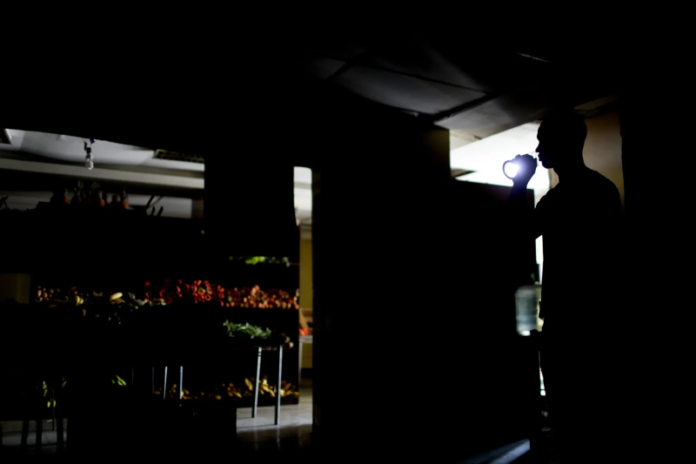Abstract
-
Power cuts have returned to west-central Venezuela, affecting air conditioning during a heat wave and impacting factories, households, and utilities.
-
Poorly maintained thermal plants fail to compensate for weak hydroelectric generation.
-
The cuts last at least four hours per day, and the country’s average temperature has risen 4 degrees Celsius this year.
-
The hotter weather has reduced water volume in hydro-electric dams while boosting demand for air conditioning.
-
Some public hospitals have been told to begin operating their own power plants due to unstable power supply.
The Unbearable Heat: Power Cuts Plague Venezuela
In the midst of a sweltering heat wave, west-central Venezuela is grappling with daily power cuts. These outages are not only shutting down air conditioners but also affecting factories, households, and utilities. The root cause? Poorly maintained thermal plants that are failing to compensate for weak hydroelectric generation.
The Power Crisis
Residents, engineers, and analysts have reported that the power cuts last for at least four hours each day. The country’s average temperature has risen by 4 degrees Celsius this year, according to figures disclosed by President Nicolas Maduro last month. This hotter weather has led to a decrease in water volume in hydroelectric dams while simultaneously increasing the demand for air conditioning.
The Human Impact
The power cuts have had a profound impact on the lives of the Venezuelan people. Mariana Barboza, a 42-year-old housewife in Maracaibo, where temperatures typically surpass 40 °C (about 104 °F) at this time of year, described the situation as inhumane. «We have bad nights, kids cry and mosquitoes abound. They are killing us slowly,» she lamented.
The Struggling Infrastructure
In recent years, lengthy power cuts had been avoided due to lower demand and investments by the Maduro government in deteriorated power transmission and distribution lines. However, these outages have returned, even affecting the capital, Caracas, which has traditionally been shielded from interruptions.
The Healthcare System’s Response
In the western Zulia state, where Maracaibo is located, some public hospitals have been instructed to begin operating their own power plants. This directive comes as the regional government cannot secure a stable power supply, according to a source with knowledge of the plans.
The Underlying Problems
The main power supply in Venezuela, from the massive Guri Dam in the country’s south, often operates at reduced rates when water levels are at their lowest ahead of the start of the rainy season in May-June. In 2019, Venezuela’s grid collapsed, leaving almost the entire country in the dark for four days. The government has made some investments in transmission lines since then, to avoid a similar crisis, but even some of the most recently installed fuel-powered plants are out of service due to insufficient diesel, delayed maintenance, and lack of replacement parts, analysts said.
Conclusion
Venezuela’s power crisis is a testament to the country’s crumbling infrastructure and lack of adequate maintenance. The daily power cuts, exacerbated by the heat wave, are affecting not only the comfort of the Venezuelan people but also the operation of factories, households, and utilities. The situation calls for urgent action and investment in the country’s power infrastructure.









